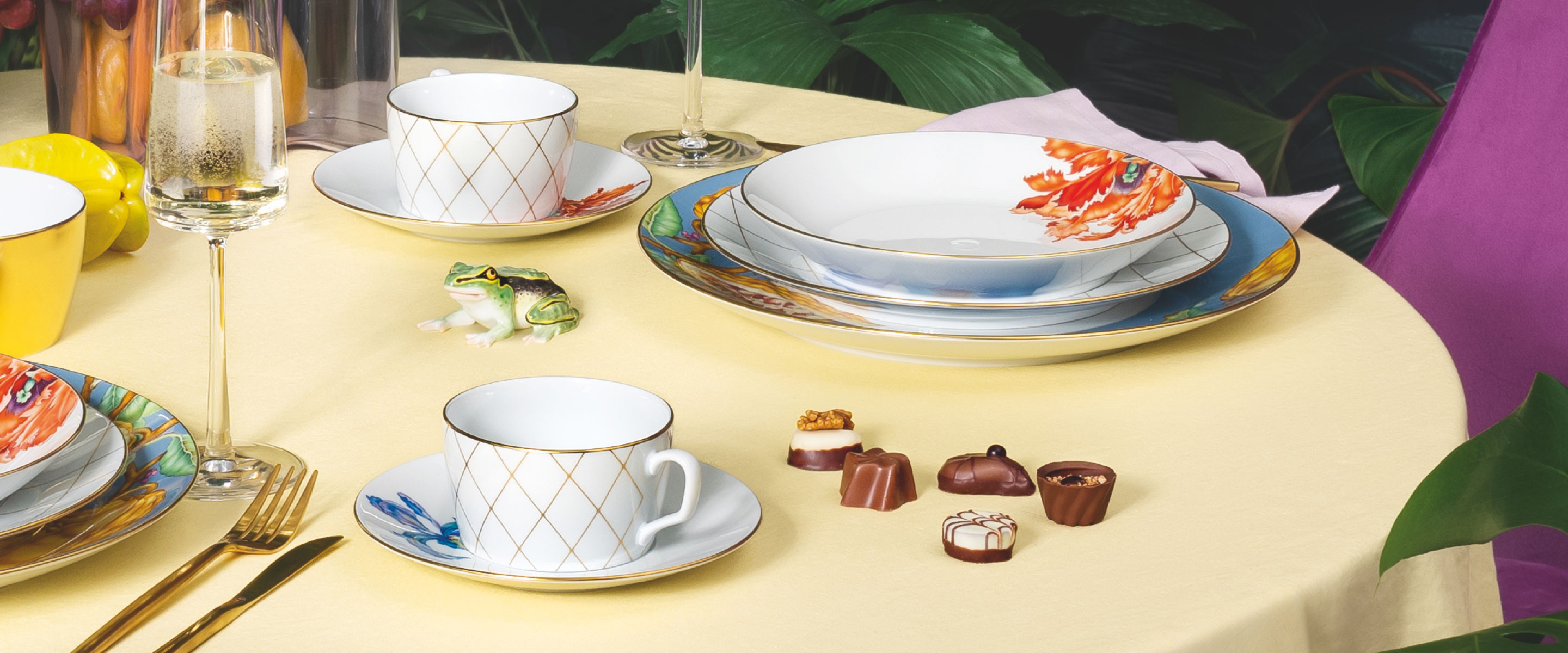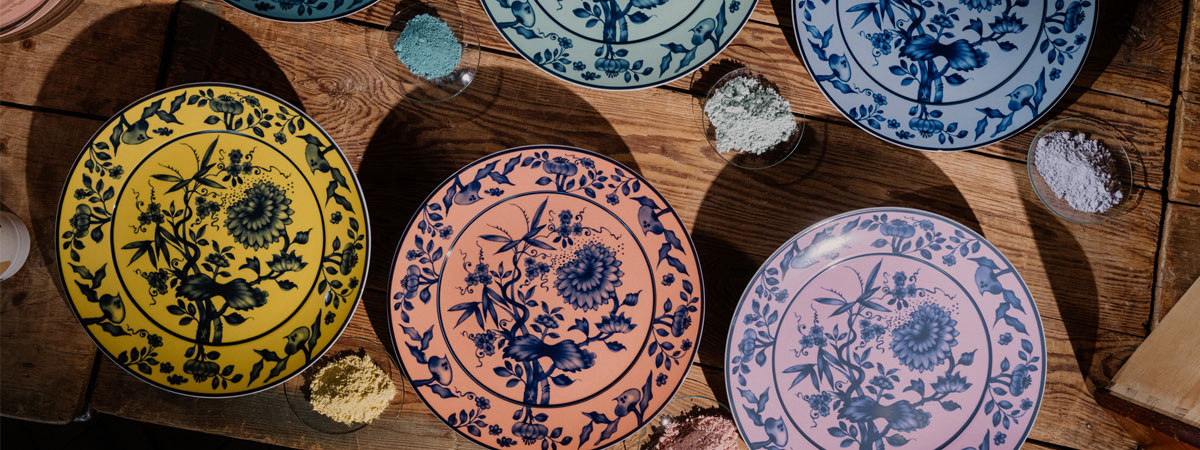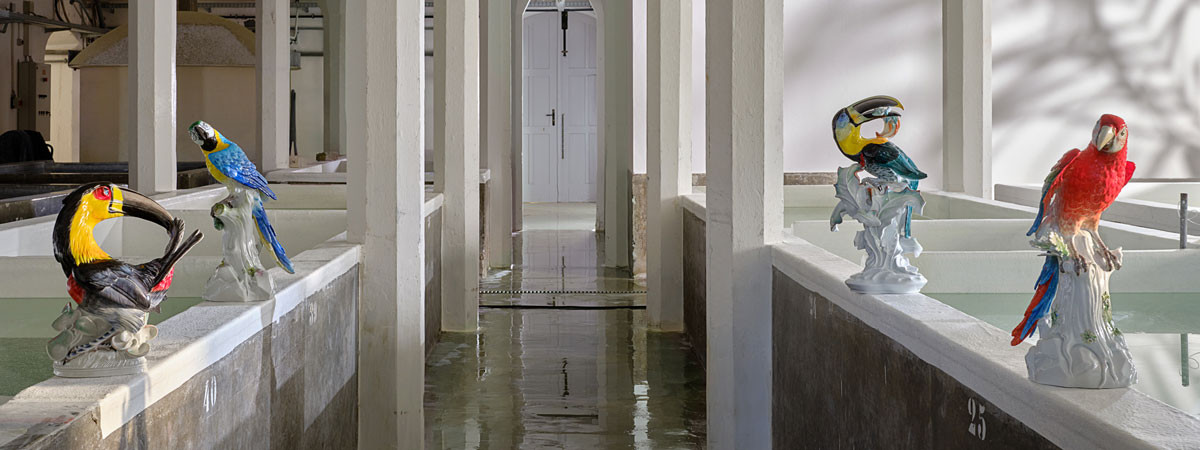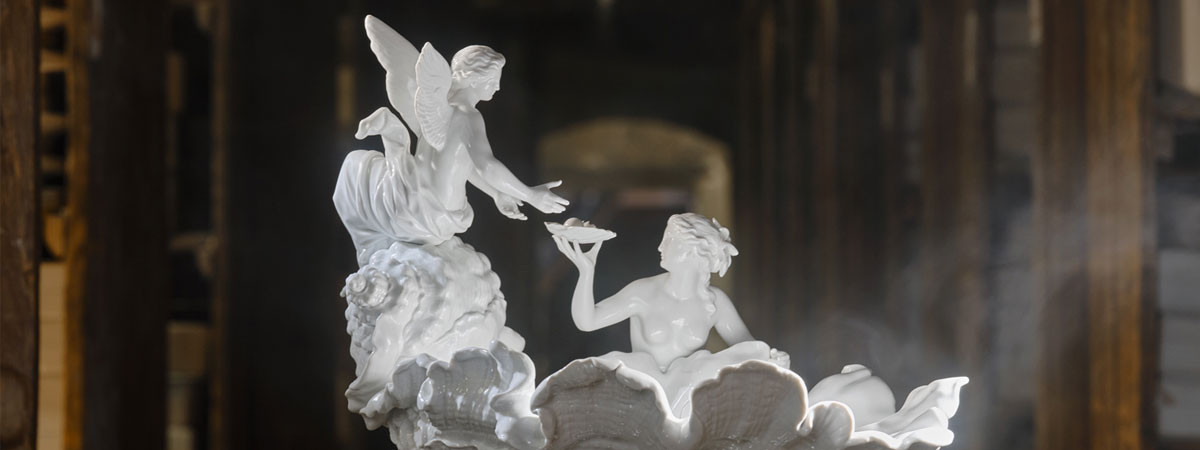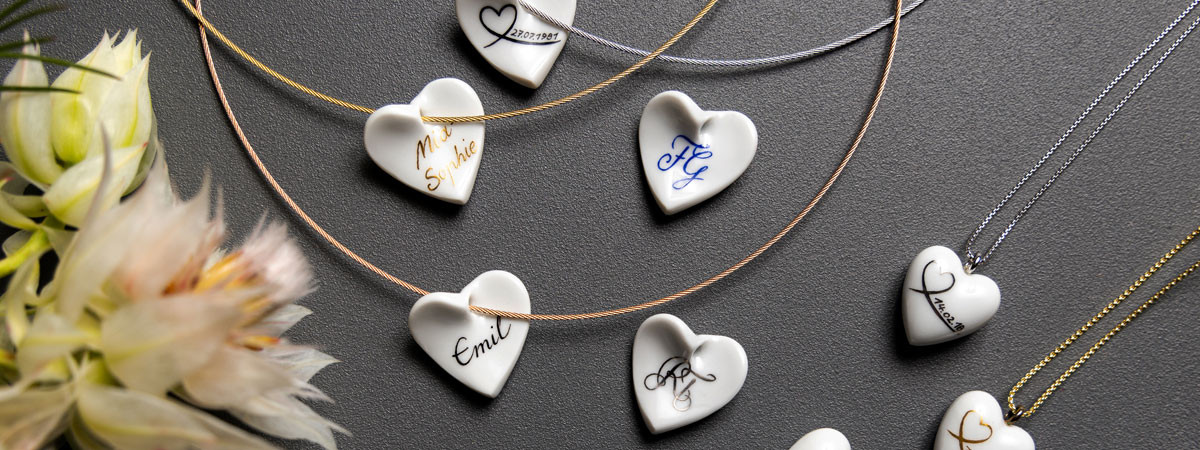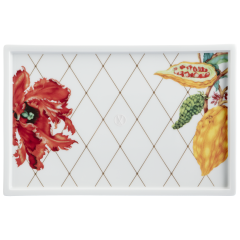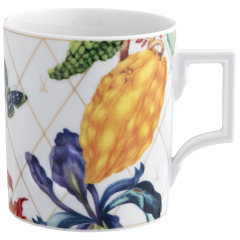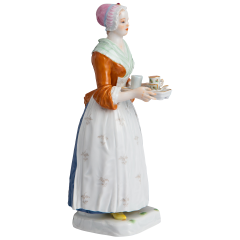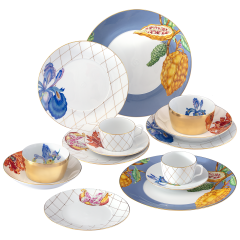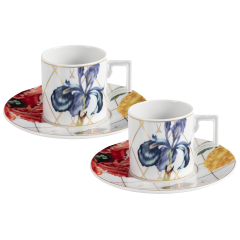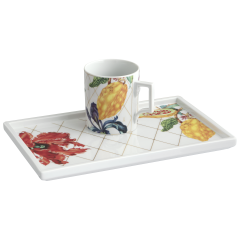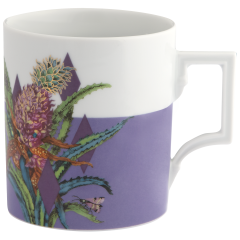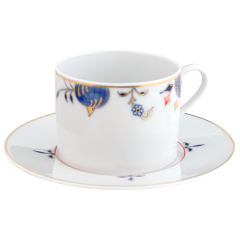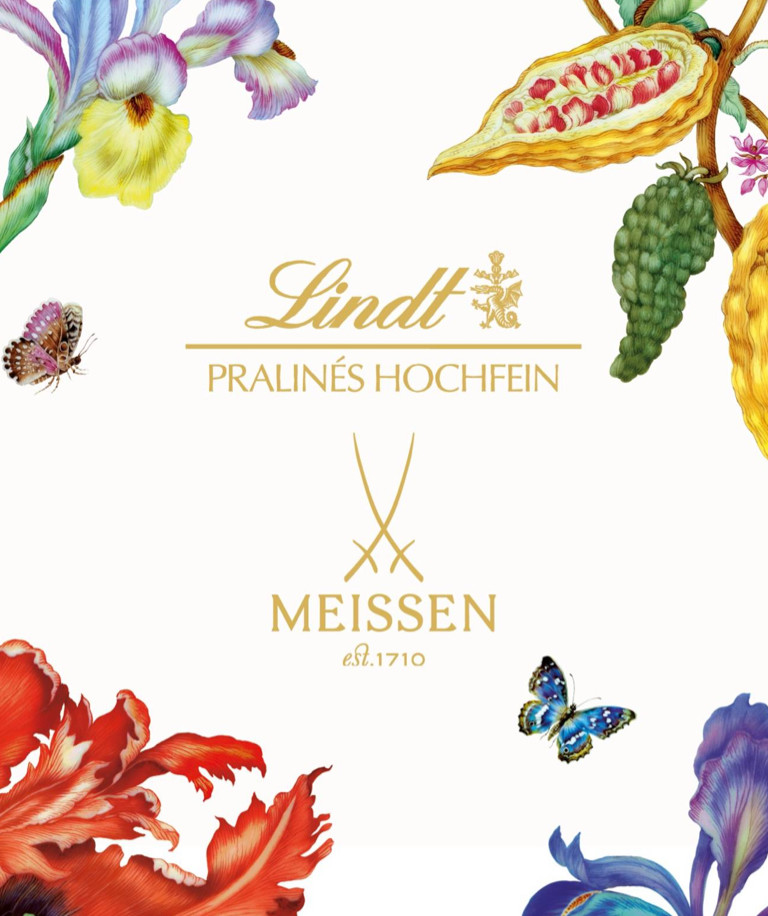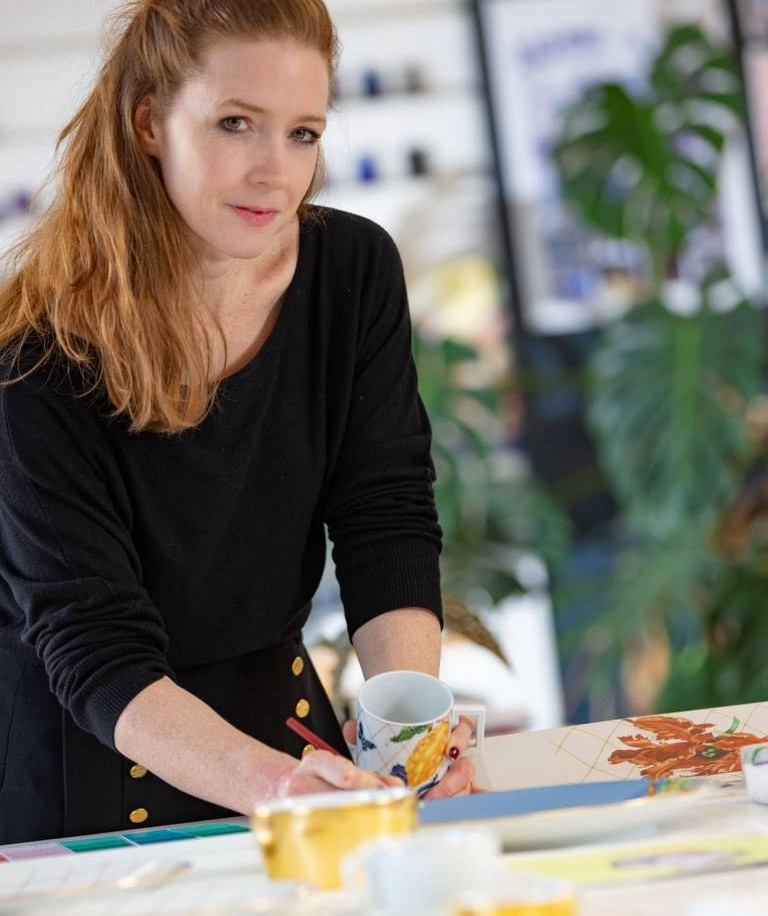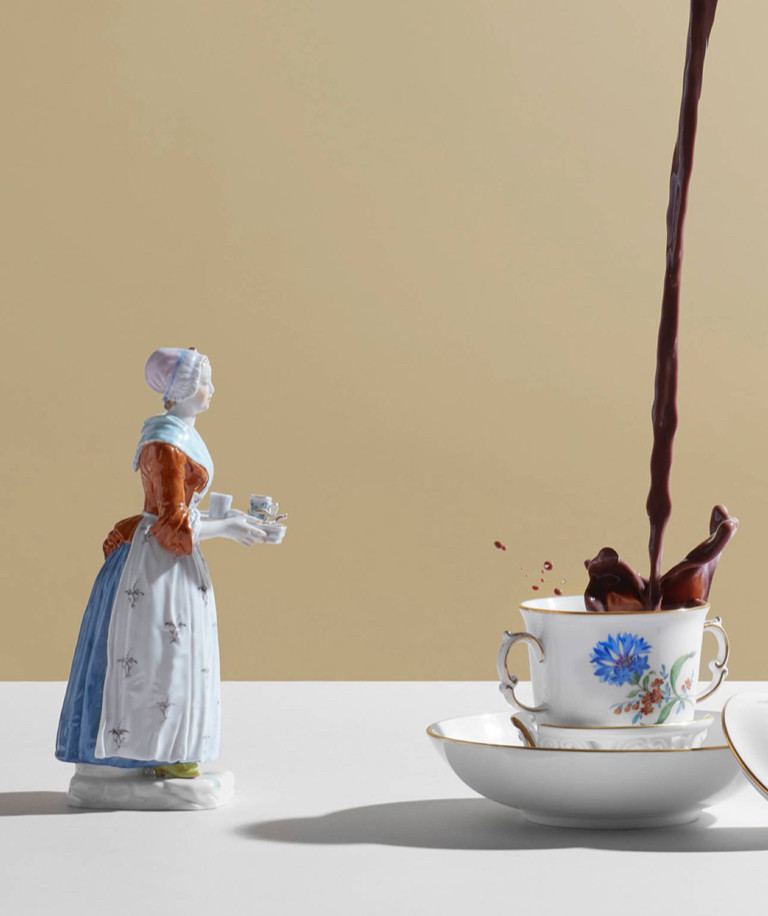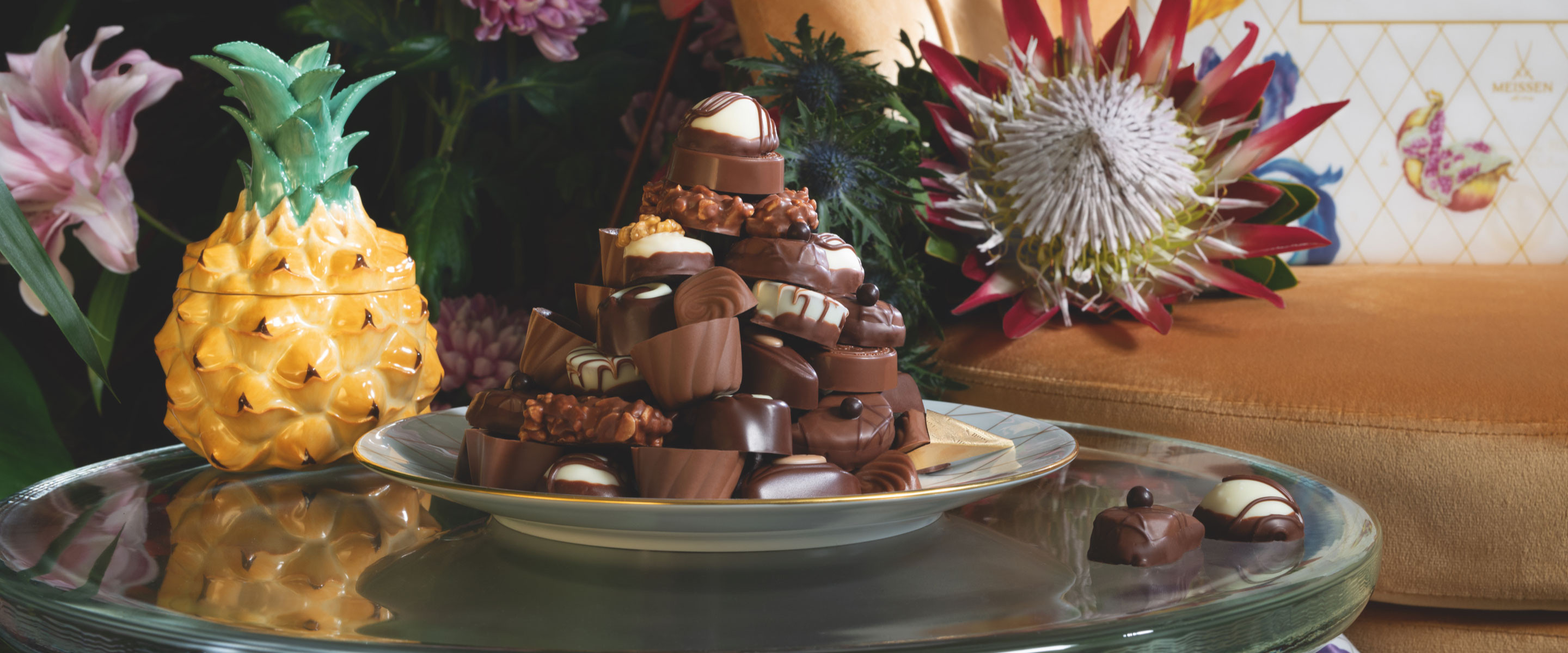
Chocolate - A symbol for special occasions
#Chocolatedelight
-
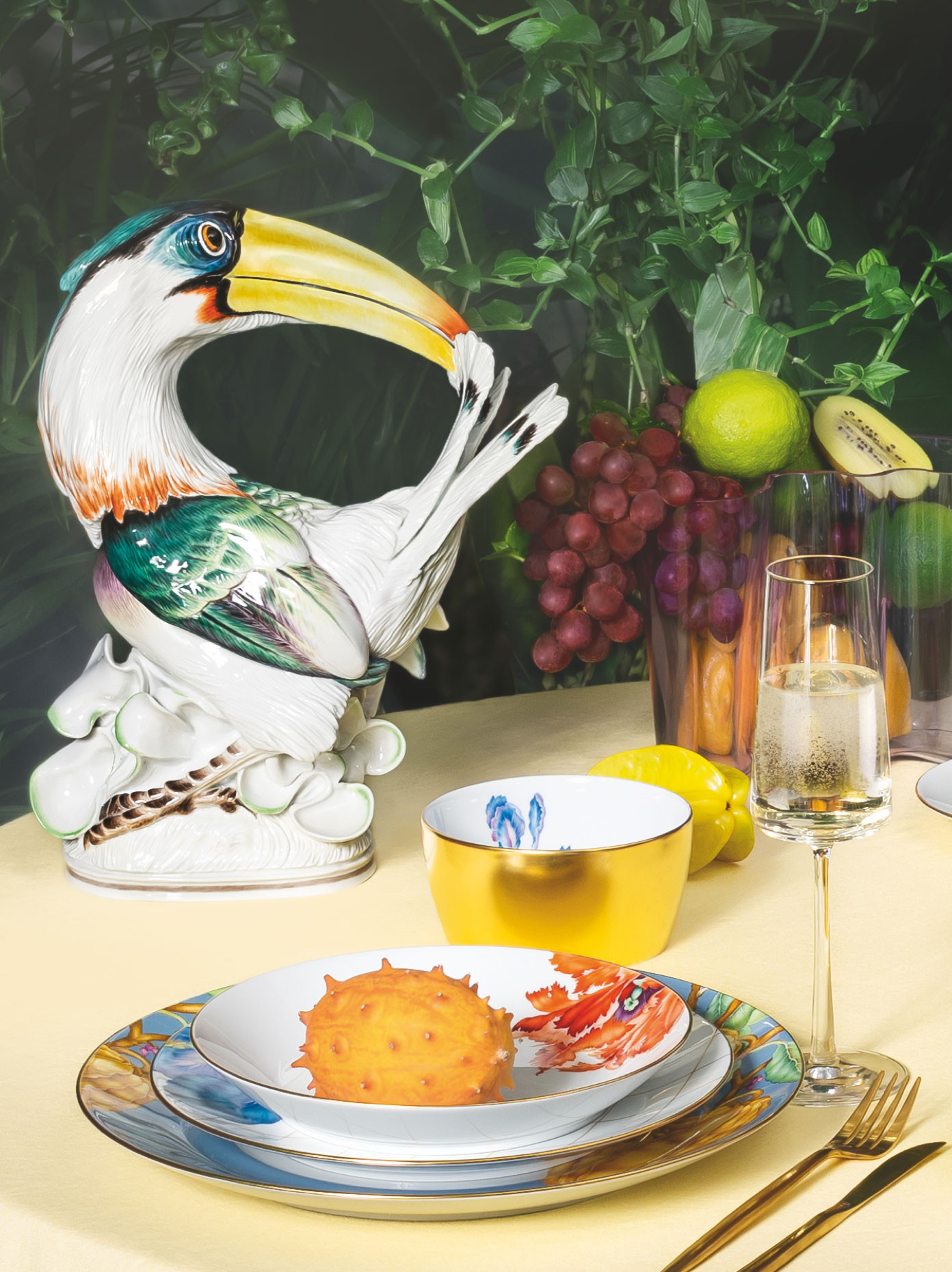 It's a fact: there's always an occasion for chocolate. It is far from us to doubt this fact or to even remotely shake it. Numerous campaign days that focus on the heavenly pleasure of sweet temptation speak for themselves. For example, International Chocolate Day is celebrated every year on September 13 - to mark the birthday of the founder of the Hershey Company, one of the world's largest chocolate manufacturers. And so other days join the ranks of chocolate celebrations: February 7 is Chocolate Fondue Day, June 7 is Chocolate Ice Cream Day, June 24 is Praline Day, July 28 is Milk Chocolate Day, September 22 is White Chocolate Day, and so on and so forth. One of the most historically significant days surrounding the delicate melting treat is probably July 7. - This day marks the beginning of the triumphal march of chocolate in Europe and around the world.
It's a fact: there's always an occasion for chocolate. It is far from us to doubt this fact or to even remotely shake it. Numerous campaign days that focus on the heavenly pleasure of sweet temptation speak for themselves. For example, International Chocolate Day is celebrated every year on September 13 - to mark the birthday of the founder of the Hershey Company, one of the world's largest chocolate manufacturers. And so other days join the ranks of chocolate celebrations: February 7 is Chocolate Fondue Day, June 7 is Chocolate Ice Cream Day, June 24 is Praline Day, July 28 is Milk Chocolate Day, September 22 is White Chocolate Day, and so on and so forth. One of the most historically significant days surrounding the delicate melting treat is probably July 7. - This day marks the beginning of the triumphal march of chocolate in Europe and around the world.
The roots of chocolate can be traced back to the ancient culture of the Maya and Aztecs in Central America. For these civilizations, chocolate had a high value and was consumed and worshipped together with water, chili and vanilla as a drink called "Xocoatl" ("Bitter Water") or also as the "Drink of the Gods". The arrival of the Spaniards in the New World in the 16th century led to the discovery of chocolate, which was first transported to Europe by the Spanish conquistador Hernán Cortés. On July 7, 1550, according to some sources, the first chocolate, initially also in liquid form, was drunk in Spanish royal houses. Soon chocolate became a popular drink, but for quite some time it was reserved for the royal court and wealthy circles. Even when the first chocolate houses appeared in cities like London, Paris and Amsterdam, chocolate was enjoyed only by rich merchants and aristocrats.
„A little too much chocolate is just about the right amount.“
-
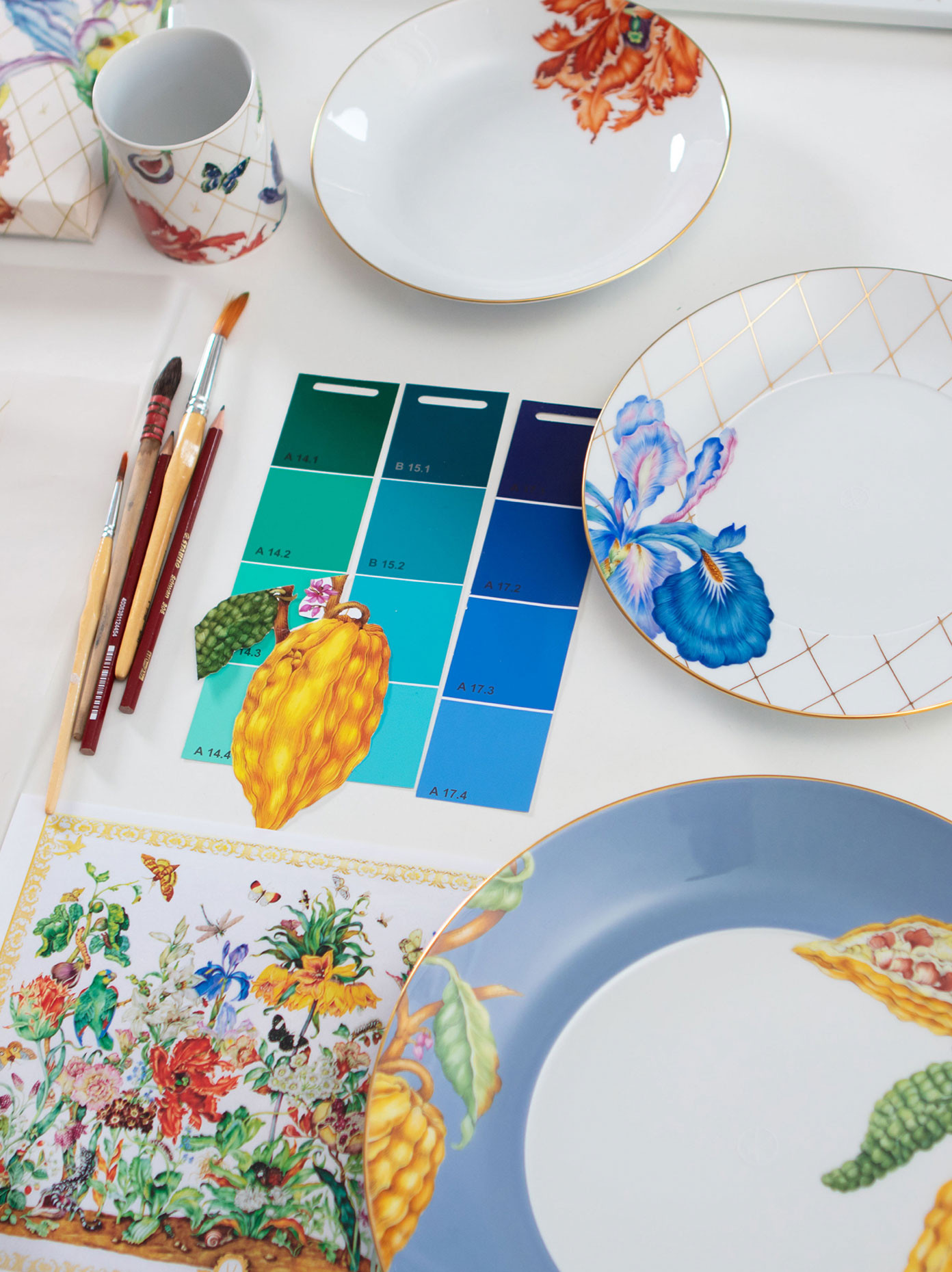 The fact that chocolate is now affordable for everyone is thanks to various other milestones and developments in the processing of this indulgent sin. By means of a hydraulic press, it was possible to reduce the cocoa butter content and produce cocoa powder. Later, this powder was processed with sugar and cocoa butter into bars in solid form, which were easy to transport and store. The Swiss chocolate manufacturer Rudolphe Lindt was also able to achieve a decisive improvement towards the creamy, melt-in-the-mouth texture that is still on everyone's lips today with the invention of the conching machine.
The fact that chocolate is now affordable for everyone is thanks to various other milestones and developments in the processing of this indulgent sin. By means of a hydraulic press, it was possible to reduce the cocoa butter content and produce cocoa powder. Later, this powder was processed with sugar and cocoa butter into bars in solid form, which were easy to transport and store. The Swiss chocolate manufacturer Rudolphe Lindt was also able to achieve a decisive improvement towards the creamy, melt-in-the-mouth texture that is still on everyone's lips today with the invention of the conching machine.
We are fortunate to live in a time when we have unrestricted access to this pleasurable treat. And yet, there is this unique magic inherent in chocolate. This magic that made our eyes light up in our childhood days when our Christmases, our Easters or our birthdays were sweetened with chocolatey gifts. Once the exclusive luxury of the gods, royalty, wealthy circles and rich merchants, chocolate is rightly a symbol of the special, of celebrations and momentous occasions.
We from the porcelain manufactory MEISSEN also celebrate the delicious pleasure of the senses on every occasion. Thus, the collaboration with the Swiss chocolate manufacturer Lindt shines in full glory, on the occasion of pure joie de vivre and unrestricted enjoyment. The exclusive special Lindt x MEISSEN edition of HOCHFEIN pralinés and the matching unique porcelain series present a fascinating, exotic décor consisting of golden cocoa fruits, lush feather poppy blossoms, delicate iris flowers and juicy figs. Here, the "brown gold of the Aztecs" and the "white gold of the Saxons" unite in harmony and inspire our wildest chocolate dreams.
